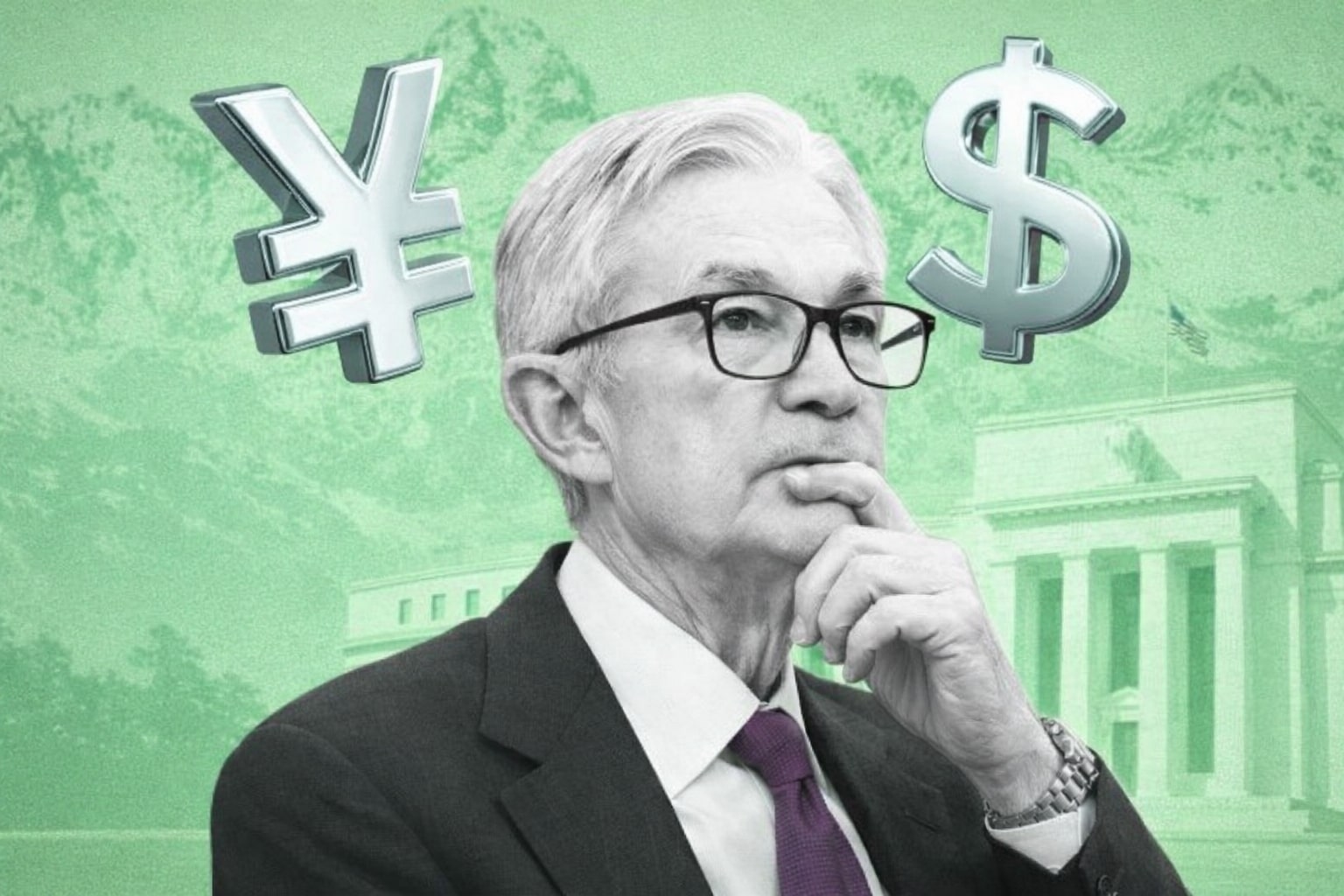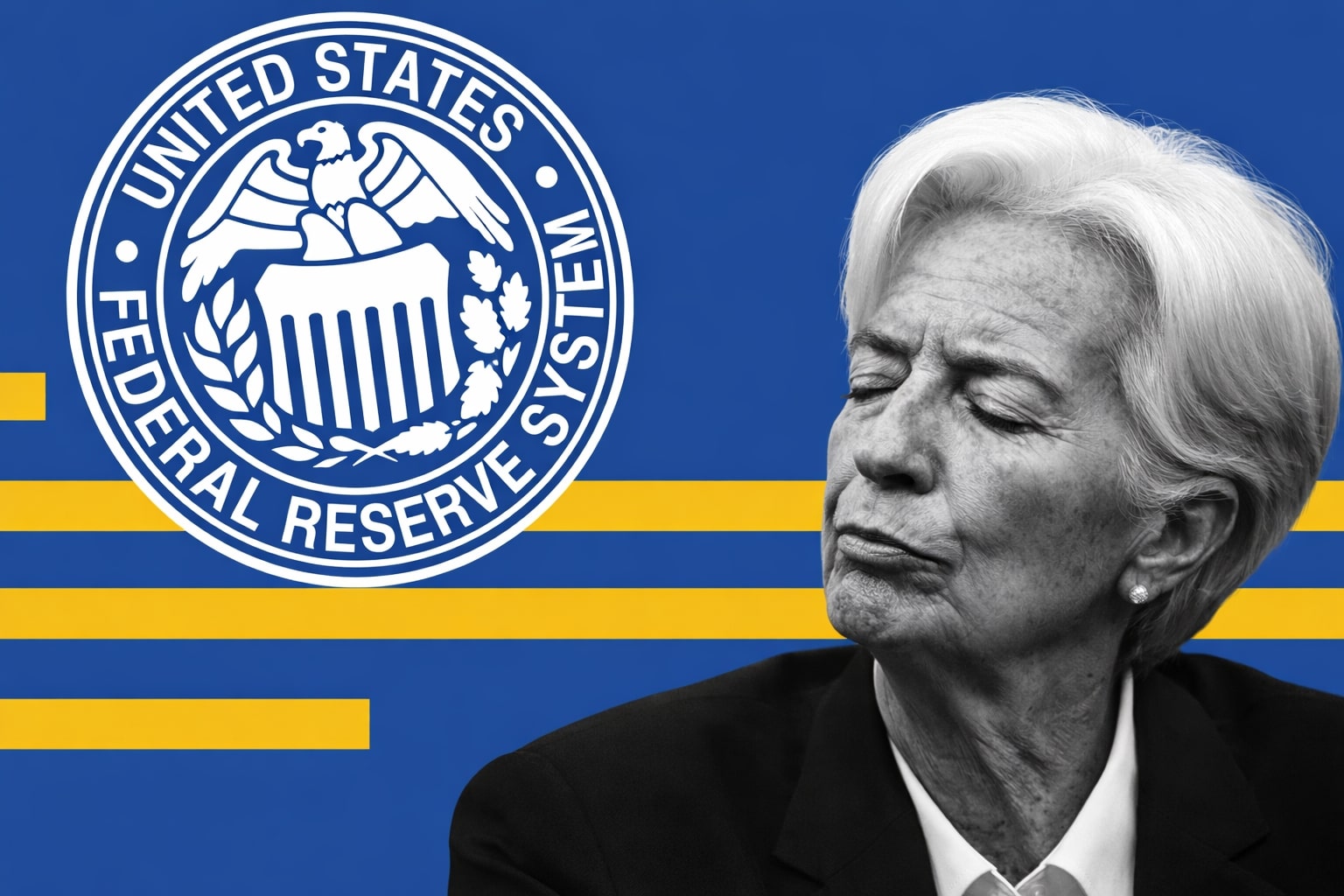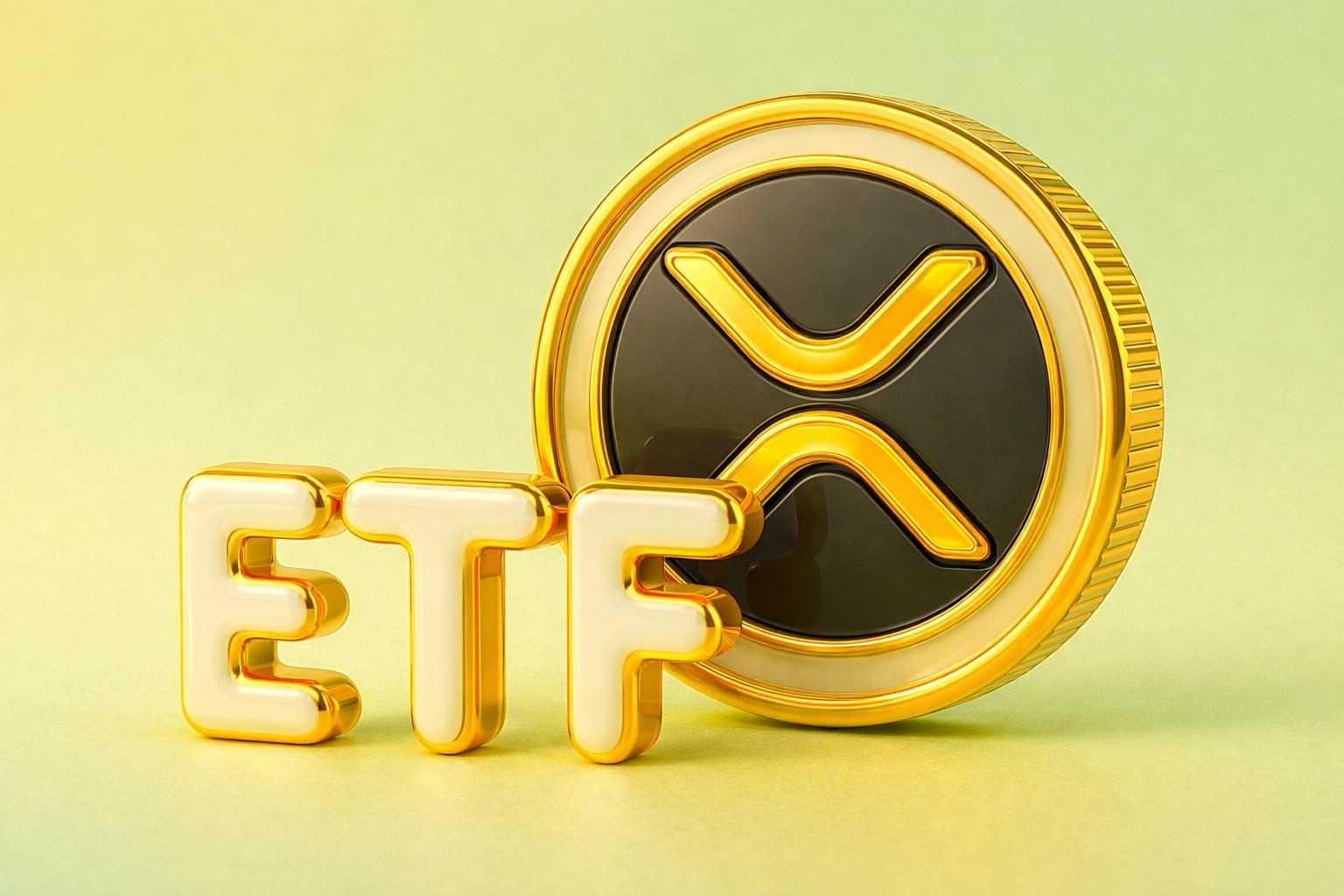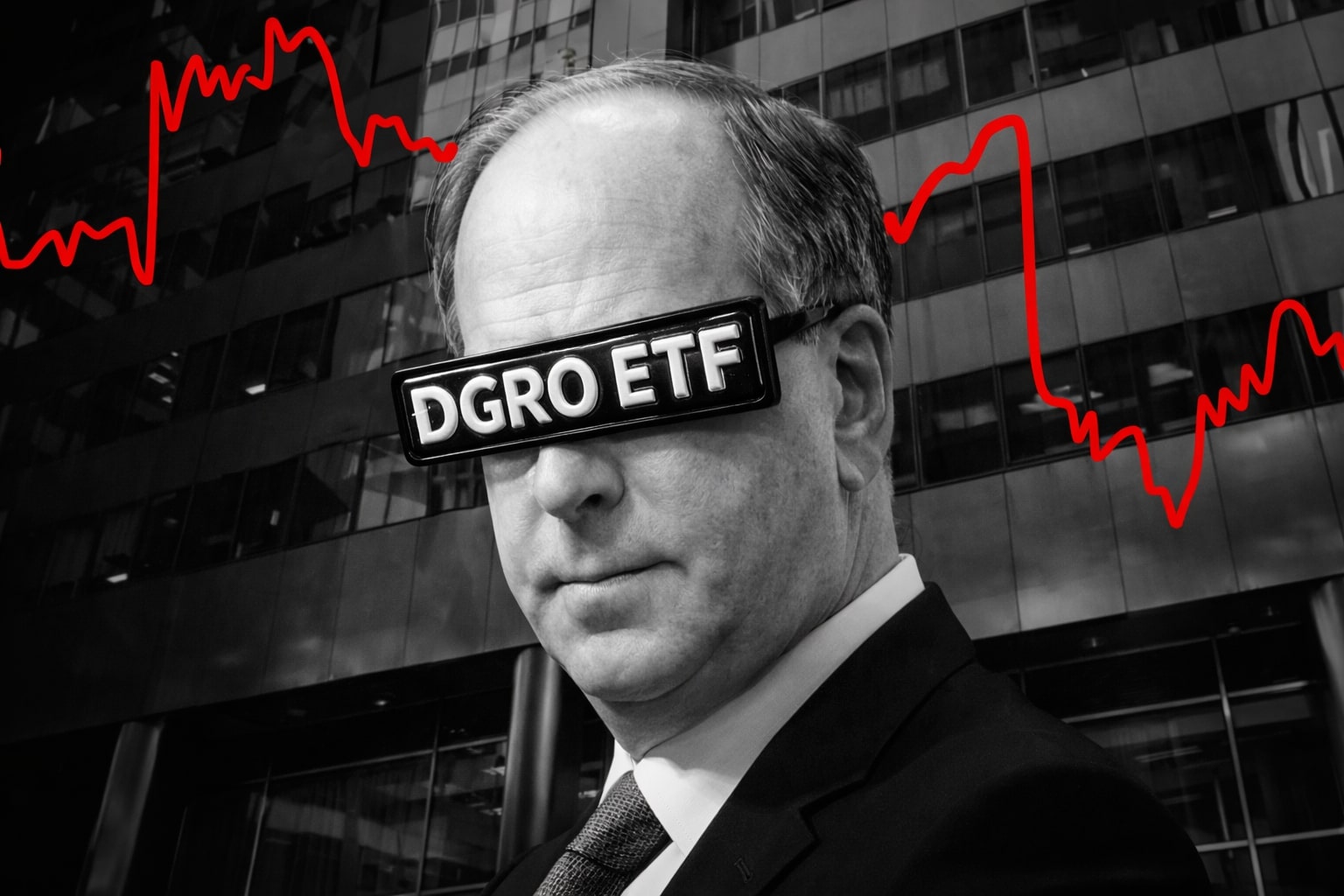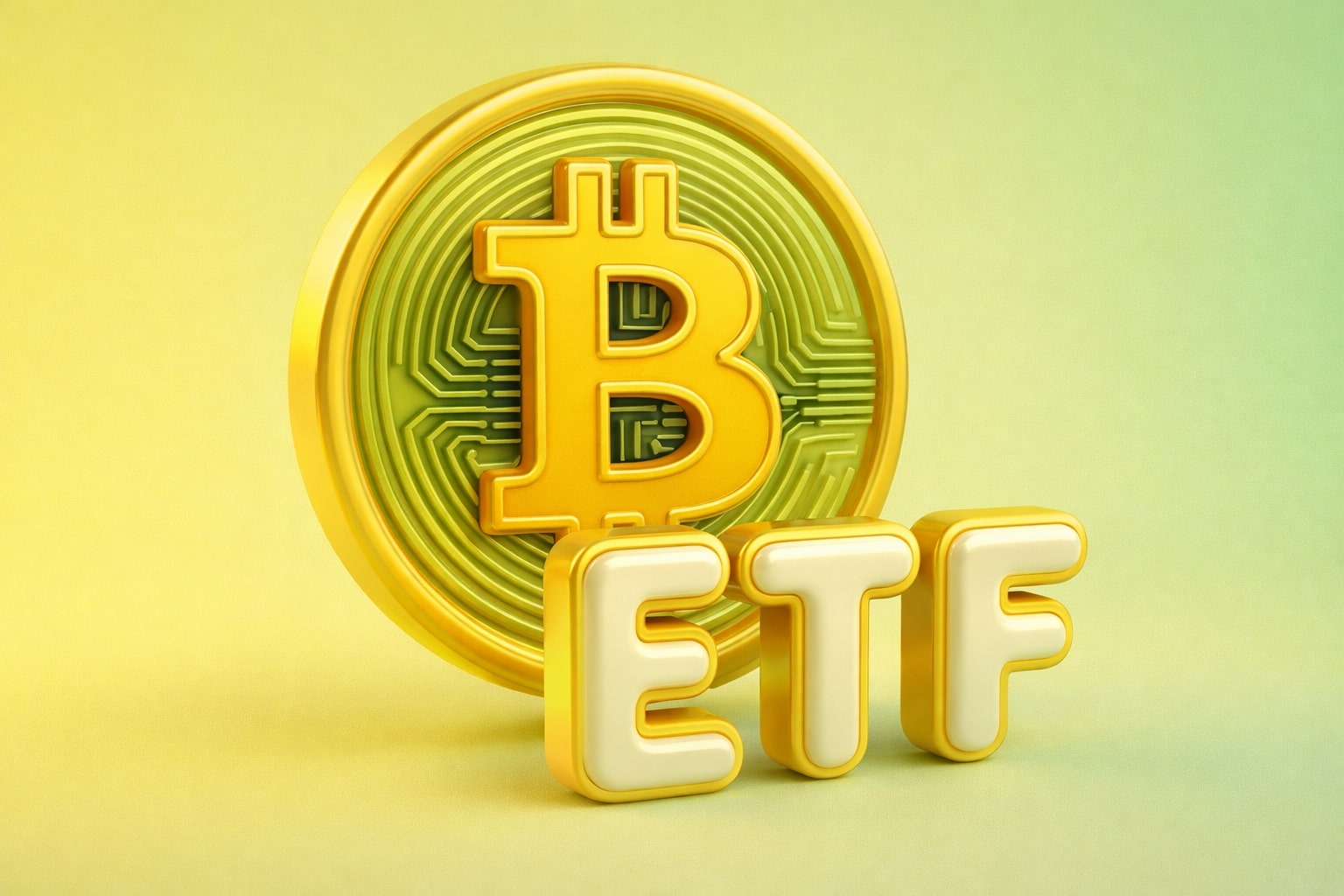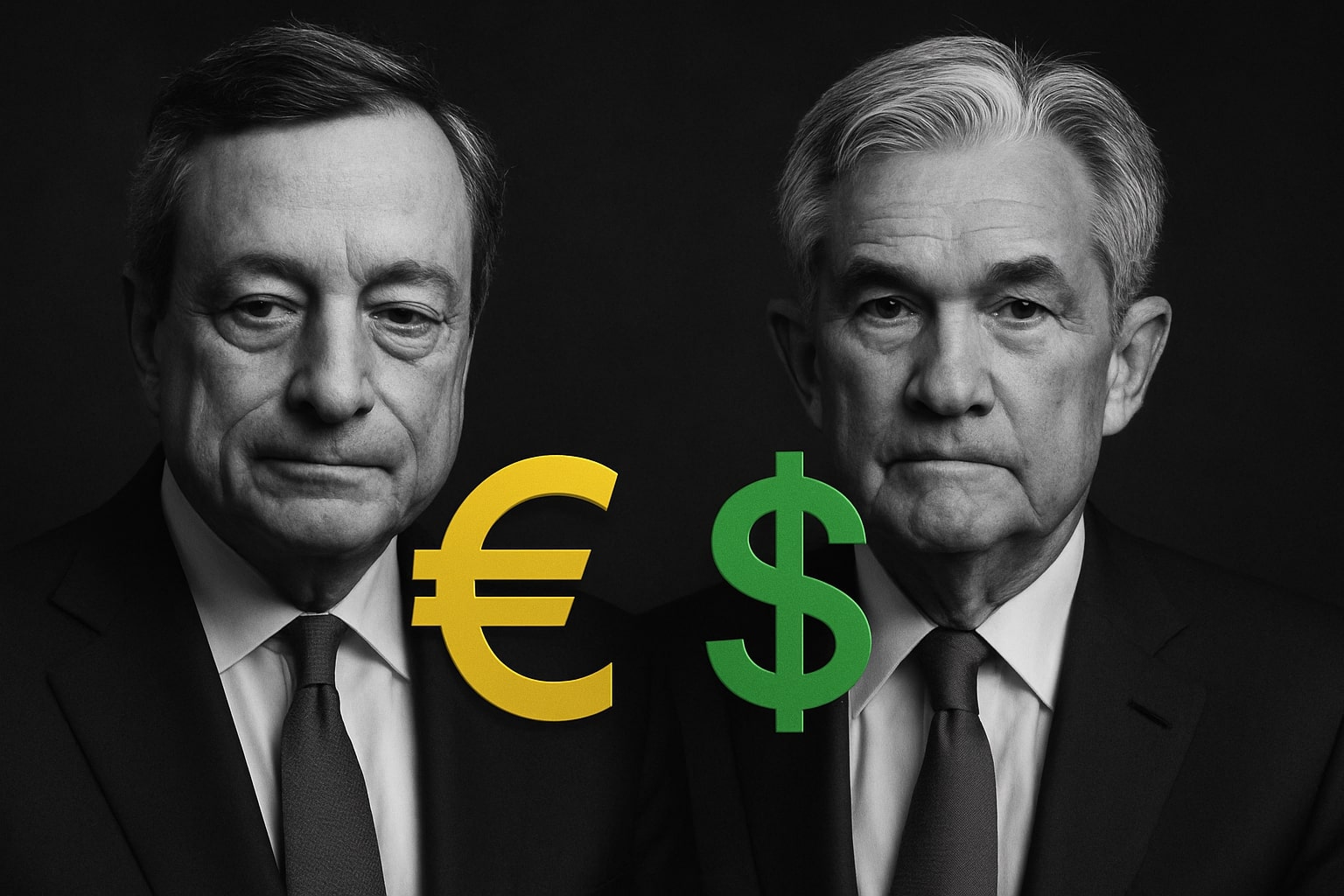
EUR/USD Price Forecast - Euro Holds 1.1660 as U.S. Dollar Weakens and ECB Speeches Loom
The euro consolidates near 1.1660 after a failed breakout, with traders watching ECB’s Schnabel and Nagel for policy signals and Fed rate expectations rising sharply | That's TradingNEWS
EUR/USD (EURUSD) Trades Steady as Dollar Weakness Balances Soft Euro Data
The EUR/USD pair is treading water near 1.1660, marking a narrow range between 1.1650 and 1.1675 as the market digests weaker German inflation figures, dovish Federal Reserve expectations, and signs of relief in U.S.–China trade tensions. The single currency recovered modestly after Friday’s decline from 1.1730, where buyers failed to break higher amid renewed demand for the U.S. dollar during the American session.
Monday’s session opened on a cautious note after Germany’s Producer Price Index (PPI) fell 0.1% month-over-month in September—its third consecutive contraction—following declines of 0.5% and 0.1% in August and July, respectively. On an annual basis, prices dropped 1.7%, underscoring persistent disinflation in Europe’s largest economy. The data added weight to concerns that Eurozone manufacturing remains under pressure even as broader risk appetite improves globally.
At the same time, the U.S. dollar has struggled to extend gains as the U.S. Dollar Index (DXY) slipped to 98.40, its lowest in three weeks, reflecting investor caution during the 19-day government shutdown in Washington. The political gridlock has raised the probability of two Fed rate cuts before year-end—one in October and another in December—fully priced in by futures markets.
Macro Backdrop: U.S. Shutdown and Fed Outlook Shift Market Sentiment
The prolonged U.S. government closure has begun to dent confidence in the greenback. Key data releases, including CPI, have been delayed, clouding near-term policy guidance. St. Louis Fed President Alberto Musalem signaled readiness to ease further if job-market risks persist, reinforcing the dovish tilt that has underpinned the euro’s stability despite weak domestic data.
Meanwhile, political developments continue to shape sentiment. President Donald Trump’s acknowledgment that proposed 100% tariffs on Chinese imports are unsustainable, combined with Treasury Secretary Scott Bessent’s planned talks with China’s Vice Premier He Lifeng, have eased fears of a renewed trade escalation. This improvement in global tone has reduced demand for the dollar as a safe haven and supported risk currencies like the euro and the Australian dollar, the latter rising 0.1% against the greenback.
ECB Policy Under Scrutiny as Schnabel and Nagel Take the Stage
Attention in Europe now shifts to upcoming remarks from ECB board member Isabel Schnabel and Bundesbank President Joachim Nagel, scheduled for later today. Markets expect Schnabel to reinforce the ECB’s cautious approach, acknowledging disinflation but refraining from pre-committing to additional stimulus. Nagel, typically more hawkish, may emphasize the risk of prolonged fiscal expansion, particularly as France’s credit downgrade to A+ from AA- by S&P Global Ratings has revived concerns over Eurozone fiscal discipline.
This policy divergence could create short-term volatility in EUR/USD, especially if the ECB appears reluctant to match the Fed’s anticipated easing trajectory. For now, the central bank’s guidance has stressed patience, focusing on stabilizing inflation expectations near 2% while acknowledging uneven growth across member states.
Technical Landscape: Euro Trapped in Narrow Band Between 1.1600 and 1.1730
Technically, EUR/USD remains locked within a short-term consolidation zone, with resistance capped at 1.1685 and 1.1730, both marking rejection points from last week. On the downside, 1.1635 and 1.1600 provide critical support. A sustained break below 1.1600 would expose 1.1550–1.1545, the mid-October lows that anchored prior rebounds.
Momentum indicators present a neutral stance. The Relative Strength Index (RSI) hovers near 46, reflecting lack of conviction among both bulls and bears, while price action remains confined within the Ichimoku daily cloud (spanning 1.1600–1.1685). The euro is holding above the Tenkan-sen at 1.1635 but remains vulnerable to renewed downside if the U.S. dollar regains traction.
Read More
-
DGRO ETF Price: Is DGRO at $69.17 Still the Better Dividend-Growth Bet?
17.12.2025 · TradingNEWS ArchiveStocks
-
XRP Price Stuck Below $2 As XRPI at $10.74 and XRPR at $15.26 Ride $1B+ ETF Inflows
17.12.2025 · TradingNEWS ArchiveCrypto
-
Natural Gas Price Forecast - NG=F Steady Near $4 as TTF Jumps on Colder Forecasts and LNG Outage Risk
17.12.2025 · TradingNEWS ArchiveCommodities
-
USD/JPY Price Forecast: USDJPY=X 155.50 Pivot Before BoJ Hike and US CPI
17.12.2025 · TradingNEWS ArchiveForex
U.S.–China Trade De-escalation and Chinese Data Offer Modest Euro Support
Signs of stabilization in Chinese macro data have lent indirect support to the euro. China’s Q3 GDP growth came in at 1.1% quarter-on-quarter, above expectations of 0.8%, while industrial production rose 6.5% year-on-year and retail sales advanced 3.0%. These results imply that China’s economy continues to absorb tariff shocks more efficiently than markets feared, improving sentiment across Asian currencies and reducing defensive flows into the U.S. dollar.
As risk appetite recovers, European assets—especially export-sensitive sectors like autos and machinery—stand to benefit, supporting the euro through portfolio rebalancing effects. However, the currency remains vulnerable to any renewed deterioration in trade negotiations or geopolitical headlines.
Eurozone Outlook: Inflation Risks Subdued, Fiscal Space Expanding
While disinflation remains a pressing issue, fiscal dynamics in Europe are improving. Several governments, including Italy and Spain, are preparing to deploy supplementary budgets to stimulate investment, potentially offsetting part of the slowdown in manufacturing. However, with German PPI persistently negative, inflation expectations remain muted, keeping real yields in the Eurozone among the lowest in the developed world.
Market-implied inflation swaps suggest 1.9% long-term inflation pricing, below the ECB’s target but stable compared with earlier in the year. Analysts expect the ECB to hold policy steady at its November meeting, with a renewed assessment in December once clarity on U.S. fiscal policy and global trade emerges.
Market Psychology and Positioning Trends
CFTC data show net long euro positions shrinking slightly to 42,000 contracts, down from 48,000 last week, reflecting cautious positioning ahead of U.S. data delays and ECB commentary. Short-term traders remain reluctant to chase upside given repeated rejections near the 1.1730 barrier. The pair’s volatility remains subdued, with 1-month implied vols near 6.4%, their lowest since July—an indication that market participants expect contained price swings in the near term.
The euro’s resilience despite weak fundamentals reflects broader dollar fatigue rather than intrinsic Eurozone strength. Until data confirm renewed momentum in European inflation or industrial recovery, the EUR/USD pair is likely to oscillate between 1.1600 and 1.1730, awaiting a directional catalyst.
Strategic Outlook: Neutral-to-Bullish Bias Emerging
From a strategic perspective, EUR/USD maintains a neutral bias with a modest bullish tilt if the Fed proceeds with its projected dual rate cuts. A confirmed break above 1.1730 could open the path toward 1.1775, followed by 1.1830, while failure to hold above 1.1600 risks extending the decline toward 1.1550.
Given the macro balance—dovish Fed tone, recovering global sentiment, and soft Eurozone data—the likely trajectory favors gradual appreciation rather than aggressive rallies. With the dollar losing its yield premium and political risks mounting in Washington, the euro may consolidate gains into late October.
In the current setup, EUR/USD is best characterized as a Hold, with a near-term trading range of 1.1600–1.1730 and upside potential to 1.1775 if momentum strengthens after ECB commentary. The pair’s outlook leans mildly bullish, contingent on sustained risk appetite and confirmation of U.S. policy easing within the next two Fed meetings.














